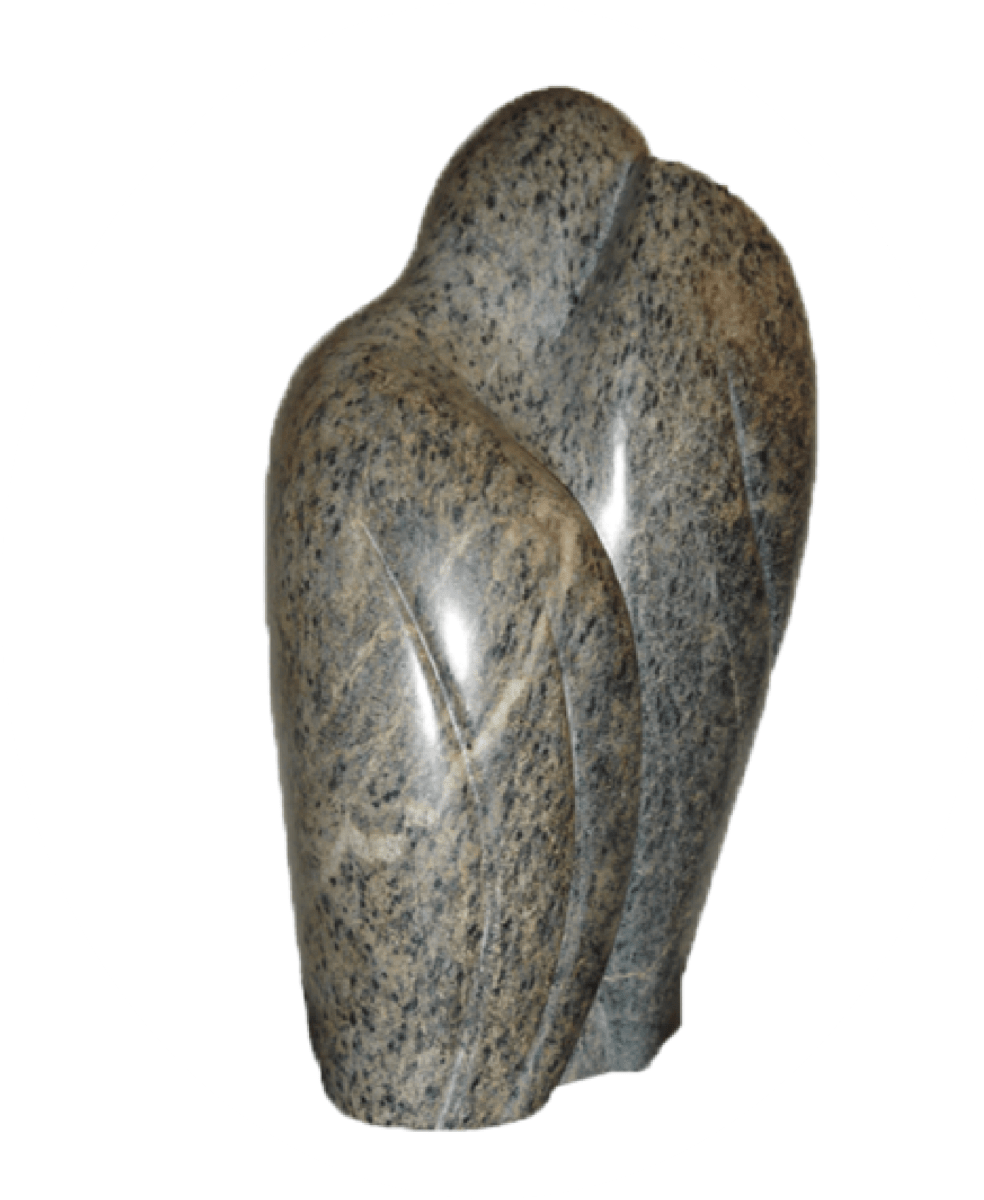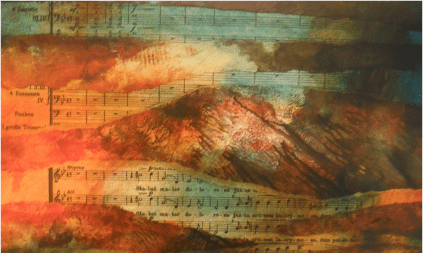Anonymous (Corsica)
About the composer
The interesting Stabat Mater’s on the first CD are still sung in Corsica during the service of the Virgin by the Brotherhood “Santissimu Crucifissu” of the Pieve di a Serra. It is one of the brotherhoods still in existence in several Corsican villages and its existence can be traced back to medieval times. It was in the 13th century that the Franciscans founded the laudesi brotherhoods. As they were not allowed to play a role in liturgy, the laudesi sang in processions, certain Holy Week ceremonies and played a role in passion plays or religious mysteries celebrated on the church square. Brotherhoods like these can also be found on the island of Sardinia. However, the style of singing in Corsica is much more “civilized” as compared to the Sardinian Stabat Maters. Moreover, in villages throughout the southern part of Italy polyphonic Stabat Maters are still being sung during processions, for instance in the area of Naples and on the isle of Sicily.
The first one described (CD1) is sung by the Brotherhood, the second one (CD2) is sung by the A Cumpagnia group, a group of singers and musicians that are trying to keep alive the tradition of Corsican sacred and secular singing.
On CD3 we find a Stabat Mater as it is sung in the village of Bonifacio during a procession in the holy week.
On CD4 we find the Stabat Mater which is sung in the village of Calenzano.
About the Stabat Mater
| Date: | 1400-1600 (1) |
| Performers: | Tenor, Bass and mixed male choir |
| Length: | 3.08 minutes |
| Particulars: | The singing is polyphonic, using a bass and a tenor as lead voices. |
| Textual variations: | Only stanzas 1, 3, 11 and 20 are performed. The Latin text is used, but stanza 11 is sung in Italian and used as a chorus between the other three stanzas: "Santa Madre questo fate che le piage dell Signore siano impresse nell mio cuore", which is also found in the song "Tecco", sung during processions in the village of Calvi. |
| Colour bar: |
Information about the recording
| CD1: | Albiana & Casa CDAL 009: Laude, Cunfraterna di a Pieve di a Serra |
| More info: | Recorded in the Church of Pianellu, Corsica, September 1997. I bought this CD in a record shop in the Netherlands, 1999. |
| Choir: | Corsican village people |
| Other works: | Settimane Santa (Via crucis + Stabat Mater) |
| Code: | 1999 (ANO COR-01) |
Listen
About the Stabat Mater
| Date: | 1400-1600 (2) |
| Performers: | Mixed female choir |
| Length: | 6.15 minutes |
| Particulars: | This is essentially the same Stabat Mater as the first one, but in a different performance: no lead voices, and female choir in stead of male. The singing is also more professional, more "cultivated". It is described as originating from the Curbara village. |
| Textual variations: | The "Vatican"-text is used, with more stanzas than with the first one. In this case stanzas 1, 2, 3, 4, 11, 19 and 20 are performed. The Latin text is used, but stanza 11 is sung in Italian and used as a chorus between the other three stanzas. |
| Colour bar: |
Information about the recording
| CD2: | K617 France – 107/2 (2 CD’s): Chants sacrés et profanes de Corse |
| More info: | Recorded in the Church of Monticello, Corsica, March 1994. |
| Choir: | A Cumpagnia |
| Other works: | Kyrie - Gloria - Credo - Sanctus - Agnus Dei (Mass) |
| Code: | Unknown (ANO COR-02) |
Listen
About the Stabat Mater
| Date: | 1400-1600 (3) |
| Performers: | Village people from Bonifacio, following a lead singer from one of the local brotherhoods. |
| Length: | 3.40 minutes |
| Particulars: | The singing is simple, the people just repeating what the lead singer does. The melody on the Stabat Mater text differs from the melody sung on other texts. |
| Textual variations: | Difficult to hear what exactly is being sung. Surely stanza 1, but the words "paradisi gloria" from stanza 20 can also be heard. It is possible that the rest of the text is in the local language. |
| Colour bar: |
Information about the recording
| CD3: | Ocora C 559086: Corse – Musiques sacrées – Settimana Santa in Bunifazzio |
| More info: | Recorded in the village of Bonafacio, Corsica, during the Holy Week processions, March 1989 |
| Choir: | Village people from Bonifacio, following a lead singer from one of the local brotherhoods. |
| Code: | Unknown (ANO COR-03) |
Listen
About the Stabat Mater
| Date: | 1400-1600 (4) |
| Performers: | Mixed male choir |
| Length: | 3.42 minutes |
| Particulars: | The Stabat Mater is described as originating from the Calenzano village. The singers are an amateur group, but the singing shows without any doubt how beautiful these songs/chants really are. |
| Textual variations: | The "Vatican"-text is used, and the stanzas 1, 2, 3, 4 and 20 are performed. |
| Colour bar: |
Information about the recording
| CD4: | SARAVAH SHL 1061: “Ab Eternu” – Polyphonies corses |
| More info: | The songs are sung, not by Corsican village people, but by a group of young Corsicans, trying to keep alive this music. These are amateurs, but they sing like angels! Recorded in l’Oratoire Saint Antoine de Calvi, Corsica, January 1992. I bought this CD on the Internet, JPC.de, 2003. |
| Choir: | A Filetta |
| Other works: | Latin texts: Miserere - Tantum Ergo -Agnus Dei - Requiem - Sanctus - Te Deum - Libera Me |
| Code: | 2003 (ANO COR-04) |





